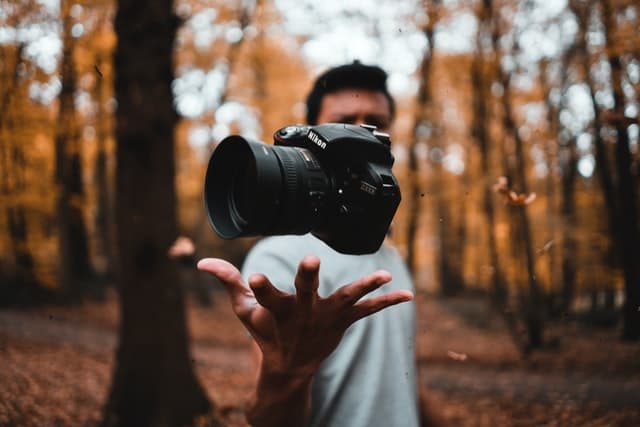As a photographer, you need a remarkable portfolio that you will showcase to the world. A great way to get your work out there is by creating a photography website that will feature your work. It is a simple marketing solution for your photography business, and it’s cost-effective.
Having a website for your photography is important for several reasons: it’s a great platform for self-promotion, people will see your business in search results, it establishes you as a professional who is credible, and you have complete control and ownership over your website.
Also, with affiliate marketing or advertising, you can earn revenue with your website. You can create an emailing list and attract clients, as well as set up an online store and sell stock photos.
To create a beautiful portfolio, you don’t need to be an expert website designer. In this article, we’ll go over some tips that will help you when creating a photography website.

Display Your Best Shots
This tip might be a bit obvious, but it’s important to showcase the best work on your website. The first impression your client will get from you will be from your photos, so make sure you show that you have a range of photographs from different types of projects and use photos that are your best work.
Think about using a theme in your gallery if you’re struggling to choose the right photos. However, don’t use too many photos because it might seem unprofessional.
Find A Good Template
People how to have little to no web design experience will be happy to hear that there are ready-made templates you can use for your website. Your creation process will be made significantly easier, and all you will have to do is add content.
The templates allow you to easily reach highly professional results since they are carefully created by design professionals. Also, they are completely customizable and free.
Add Supporting Pages
Your gallery is at the top of your priorities, but that doesn’t mean it should be the only thing you should focus on. You need to give your audience options on how to get in touch with you and tell them a little bit more about yourself.
Some of the essential pages besides your homepage and gallery you need to include on your website are:
- Contact page
- About Me page
- Testimonials
- Client Showcases
Not only will you offer your audience more content, but you will also be able to get higher in search results by adding the keywords on these pages.

Talk About Yourself
Like we previously mentioned, it is crucial to have an About Me page. If your work captivated the attention of your visitors, of course, they would want to know more about it. The first step to creating a connection with your customers is sharing a part of your story and who you are as a person. You can share the brands you have worked with, how or why you got into the photography world, what your goal is, and so on.
Choose the Right Website Builder
Finally, you need to pick a website builder or content management system, as well as a web host for your site. Make sure you pick your hosting company wisely since there are so many hosting platforms that are available. Each hosting provider offers different security guarantees, levels of support, performance speed, and features.
An extremely popular option among website owners is managed WordPress hosting. The reason for this is because WordPress offers easy-to-install tools and plugins, full ownership of your site, and enhanced performance and security. Also, you can easily customize your site according to your needs and taste.


